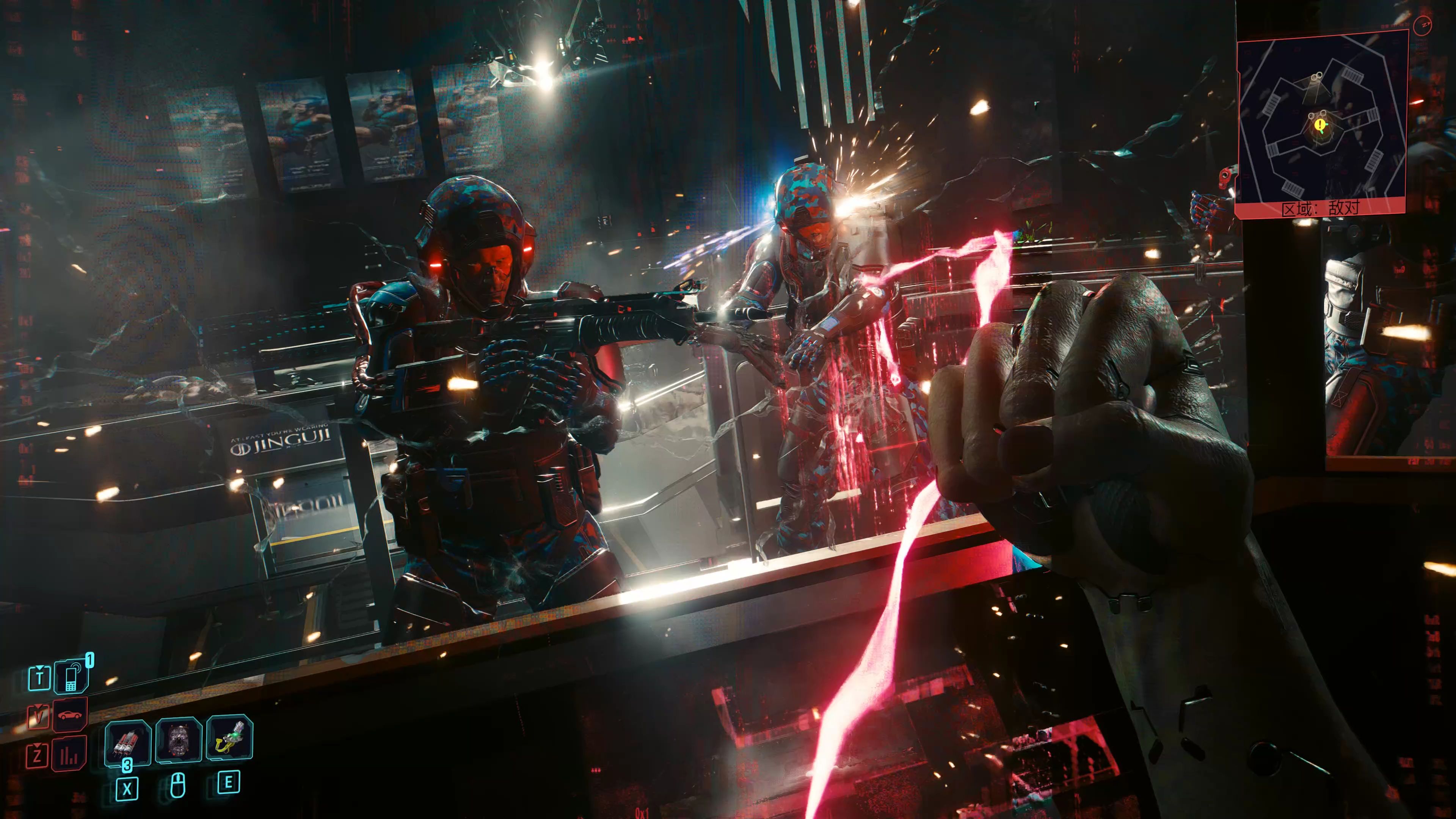FromSoftware’s Sekiro: Shadows Die Twice is a masterclass in precision combat, blending punishing difficulty with an intricate dance of parries, counters, and calculated aggression. While the game’s core swordplay is its defining feature, the Prosthetic Arm tools offer a layer of depth that transforms combat from rigidly structured to dynamically customizable. These tools aren’t mere accessories—they are extensions of the player’s strategic intent, each serving distinct purposes that can redefine engagements.
This article examines the Prosthetic Tools through the lens of Combat Customization, evaluating their effectiveness, versatility, and how they enable players to tailor Sekiro’s combat to their preferred playstyle.
The Philosophy of Prosthetic Tools
Unlike traditional RPGs where equipment choices dictate playstyle, Sekiro’s Prosthetic Tools are situational amplifiers. They don’t replace the core deflect-and-attack loop but instead enhance it, offering solutions to specific problems:
- Countering Enemy Types: Some tools excel against certain foes (e.g., Firecrackers against beasts).
- Opening Opportunities: Others create windows for offense (e.g., Axe breaks shields).
- Expanding Mobility: A few alter movement (e.g., Grappling Hook attacks).
This design ensures that while mastery of deflection remains mandatory, Prosthetic Tools provide flexibility in how players engage with threats.
Tool Tier List: Effectiveness & Versatility
Not all tools are created equal. Some are universally useful, while others are niche. Below is a tiered breakdown based on combat adaptability:
S-Tier: Essential Loadout Staples
-
Loaded Shuriken (Chasing Slice Upgrade)
- Why? Closes distance instantly after a throw, maintaining pressure.
- Best Against: Agile enemies (e.g., Nightjar Ninjas), interrupting attacks.
-
Firecrackers (Lazulite Upgrade)
- Why? Stuns almost every enemy, including bosses (e.g., Guardian Ape).
- Limitation: Short cooldown forces disciplined usage.
-
Mist Raven (Great Feather Upgrade)
- Why? Dodges any attack (even grabs) and enables counterattacks.
- Advanced Use: Directional teleportation for positioning.
A-Tier: Situational but Powerful
-
Loaded Axe (Spark/Spiral Upgrade)
- Why? Shatters shields and posture-heavy enemies (e.g., Senpou Monks).
- Drawback: Slow recovery leaves openings.
-
Sabimaru (Poison Upgrade)
- Why? Rapid slashes poison enemies, trivializing some mini-bosses.
- Weakness: Useless against poison-immune foes.
-
Flame Vent (Living Force Upgrade)
- Why? Sets sword ablaze for burn damage, great against apparitions.
- Resource Cost: Requires Spirit Emblems for follow-up attacks.
B-Tier: Niche but Fun
-
Divine Abduction
- Why? Insta-kills weaker enemies or turns foes around for backstabs.
- Gimmick: Rarely useful in boss fights.
-
Finger Whistle (Mountain Echo Upgrade)
- Why? Manipulates beast AI (e.g., luring enemies).
- Boss Utility: Staggers Demon of Hatred briefly.
C-Tier: Limited Viability
-
Umbrella (Phoenix/Lazulite Upgrade)
- Why? Blocks terror/projectiles, but deflection does the same.
- Exception: Useful against Headless (terror protection).
-
Spear (Spiral Upgrade)
- Why? Armor-piercing, but outclassed by Axe in most cases.
Synergies & Combat Flow
The true brilliance of Prosthetic Tools lies in their combinations. A few examples:
- Firecracker → Charged Axe: Stun, then punish posture.
- Mist Raven → Counter Slash: Evade, then retaliate.
- Flame Vent → Living Force: Burn, then capitalize with sword strikes.
These synergies allow players to chain tools into fluid combat sequences, rewarding creativity.

Boss-Specific Customization
Certain bosses demand tailored tool strategies:
- Lady Butterfly: Shurikens interrupt her aerial attacks.
- Guardian Ape: Firecrackers stun in Phase 1; Spear removes centipede in Phase 2.
- Demon of Hatred: Umbrella blocks fireballs; Whistle staggers.
Adapting loadouts per boss is key to overcoming Sekiro’s toughest challenges.
Spirit Emblem Economy: A Balancing Act
Prosthetic Tools consume Spirit Emblems, forcing players to ration usage. This limitation:
- Encourages Precision: Spamming tools is unsustainable.
- Rewards Knowledge: Efficient players maximize value per emblem.
Upgrades (e.g., Lazulite variants) improve cost-effectiveness late-game.
Conclusion: Tools as an Extension of Skill
Sekiro’s Prosthetic Tools don’t trivialize combat—they deepen it. Their strategic deployment complements swordplay, offering solutions without undermining the game’s demand for mastery. Whether used to exploit weaknesses, recover momentum, or escape dire situations, they exemplify Sekiro’s philosophy: victory through adaptability.
The best Shinobi don’t just deflect—they improvise.














